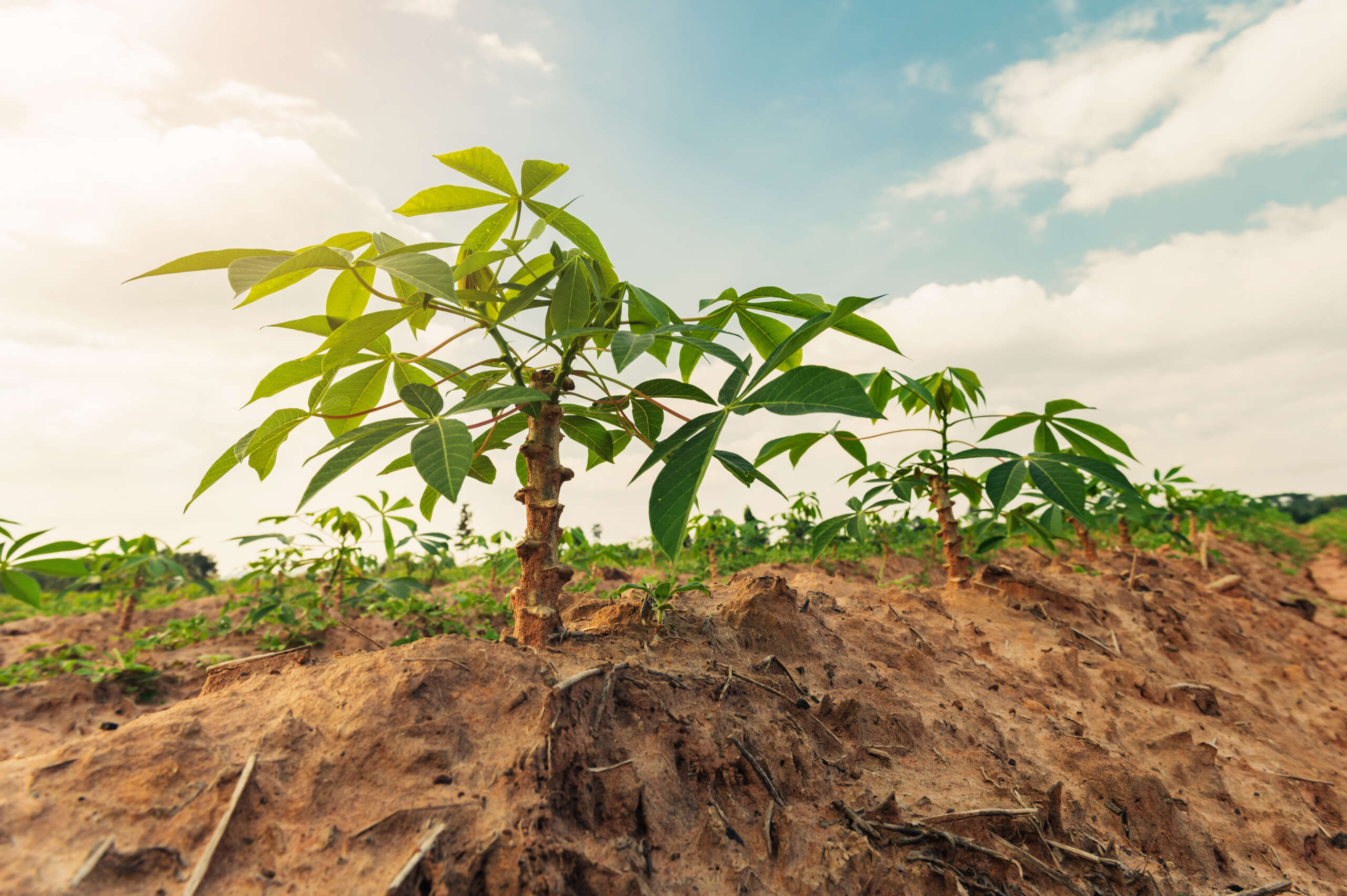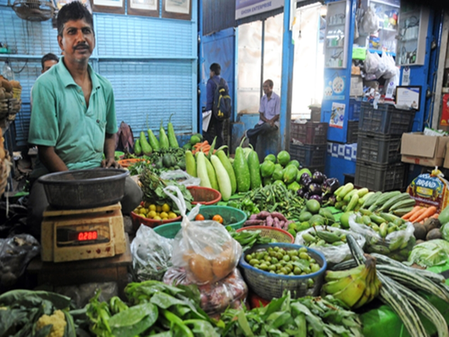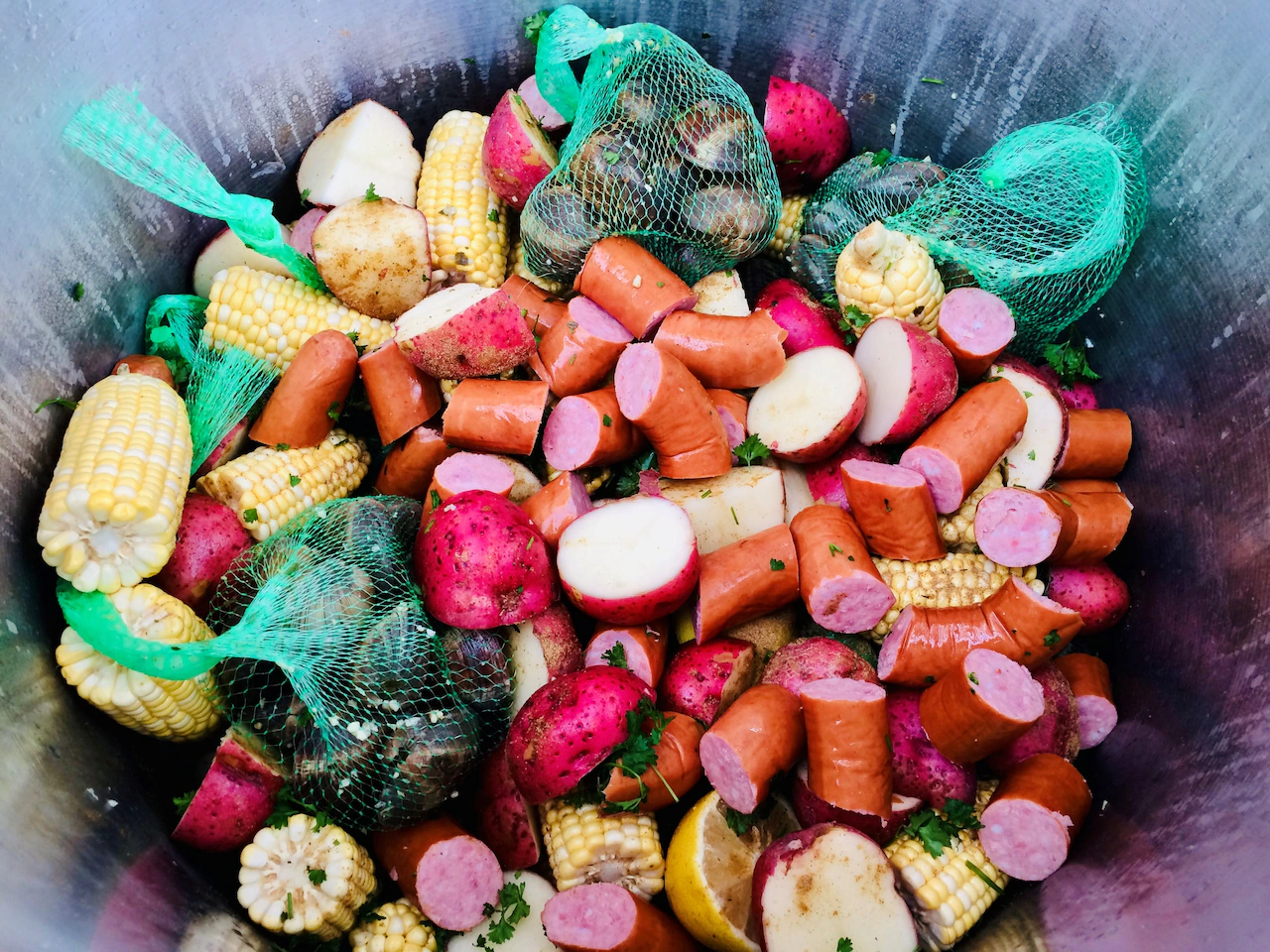Copyright caymancompass

Long before European ships crossed the Caribbean and before the first colonists planted sugar cane, the people of these islands already had a crop that sustained them through drought, hurricane and invasion. Cassava, known to the Arawak and Taino as yuca or manioc, was more than food. It was culture, currency and survival. The root of the cassava can remain in the ground, ready to eat for two years or more, and as long as the leaves are cut back prior to the onset of hurricane force winds, the plant can withstand and survive the most powerful storms. While cassava helped to sustain many, it is toxic if eaten raw. You have to respect it – wash, squeeze and cook it properly to remove its natural poison. But that danger also gave it power. As one old proverb from across the region says, “The root that can kill you can also keep you alive.” It’s a lesson in balance that fits island life perfectly. Survivor’s crop Archaeologists have found cassava griddles across the Antilles, some dating back more than 1,000 years. For the Taino, cassava wasn’t just a staple – it was the heart of life itself. They cleared small patches of forest, planted cuttings, and transformed the starchy root into casabe, a flat, crisp bread that could last for months without spoiling. On journeys between islands in dugout canoes, casabe sustained them, just as ship’s biscuit would later feed European sailors. When Columbus arrived in 1492, it was cassava bread that the Taino offered his crew, their first taste of the Caribbean’s oldest cuisine. From that moment, cassava’s story intertwined with the story of conquest, migration and adaptation that followed. Across the centuries, cassava became a survivor’s crop. It grew where little else would – in dry soil, in thin ground and through long months without rain. It needed patience but not wealth. You could plant a piece of stalk in April and feed your family in December. That made it the root of resilience – particularly for the enslaved Africans and their descendants who later found in cassava a link to both sustenance and spiritual endurance. Cassava in Cayman Here in the Cayman Islands, cassava never went away. Even as imported flour and rice began to dominate kitchen shelves, cassava held its ground in the ‘grounds’; small garden patches behind family homes. In the past, many Caymanian families remember grating cassava for heavy cake, the smell of it baking thick and slow on a Sunday afternoon, the golden crust crackling like coral at low tide. “It was hard work, grate till ‘yuh hand bun’, but it connected people to something older than any recipe book,” said Stuart Wilson, historic programmes manager at the National Trust for the Cayman Islands. The National Trust has been hosting heavy cake cooking classes, with its next one scheduled for 1 Nov. Today, cassava is quietly returning to the conversation about food security and heritage. Chefs in George Town and East End are rediscovering cassava flour for gluten-free baking. Farmers in North Side and Cayman Brac are planting again for local markets. And at traditional cookouts, the heavy cake still sits proudly beside turtle stew and rundown – a taste of both memory and identity. Cassava reminds us that before tourism, before finance, there was knowledge – indigenous knowledge – of how to live with the land and sea. The Taino may be gone in name, their dugout canoes no longer cross the Caribbean Sea, but their wisdom remains in every grated root and every slow-baked cake that comes out of a Cayman oven. It’s a living echo of an older Caribbean: practical, patient and deeply tied to place.



